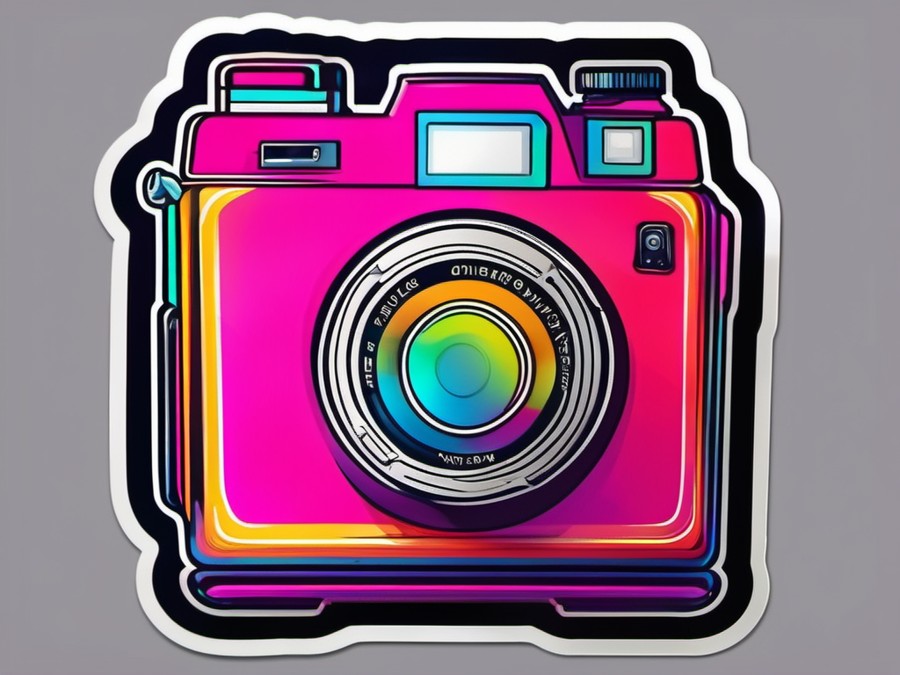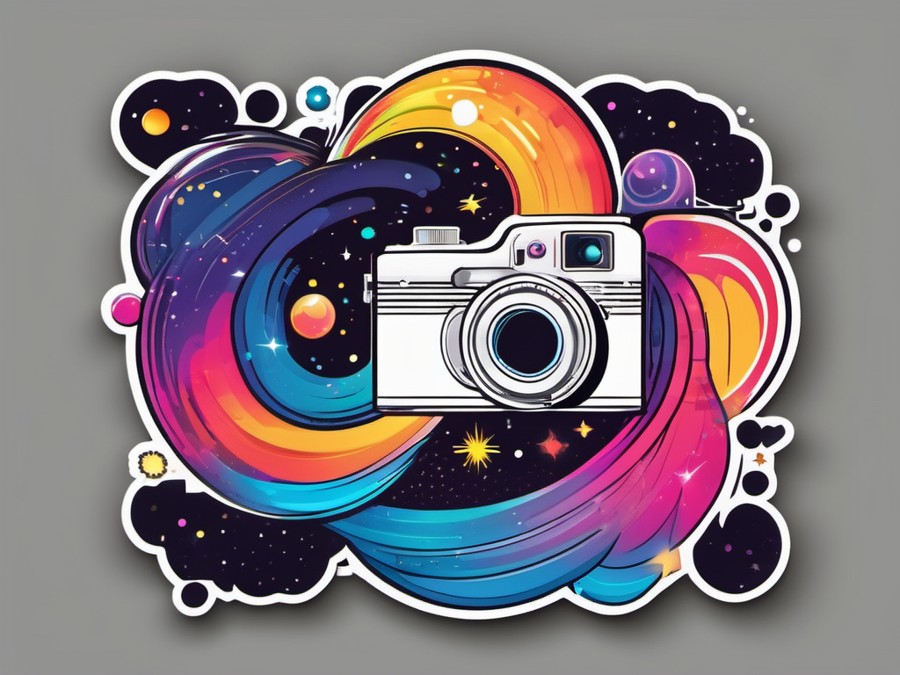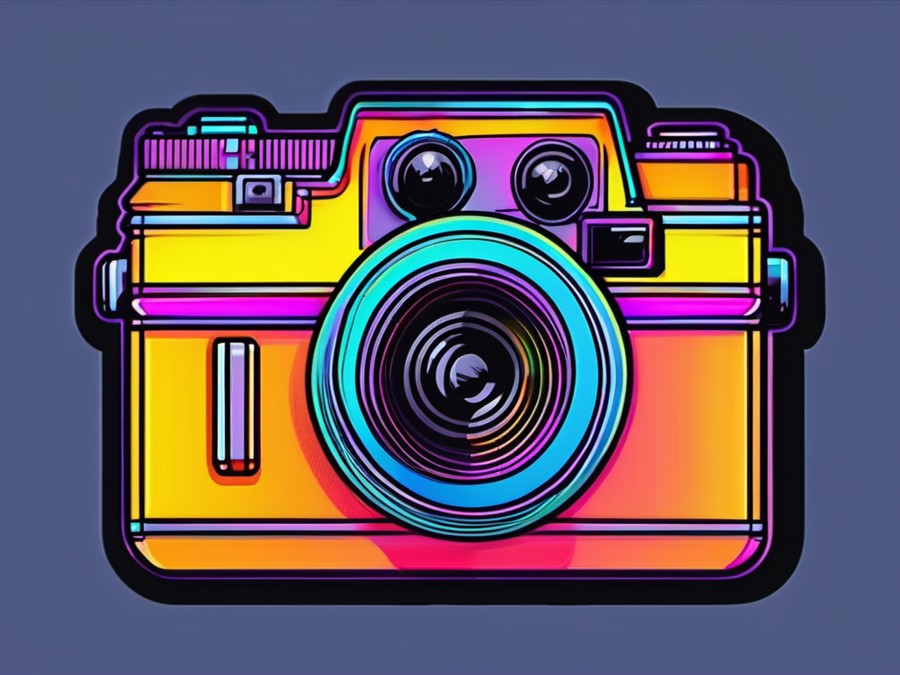· Charlotte Will · Film Cameras · 10 min read
What is the Difference Between 35mm and Medium Format Film Cameras?
Discover the key differences between 35mm and medium format film cameras, including sensor size, image quality, cost considerations, and ideal genres. Make an informed decision to elevate your photography journey with this comprehensive guide.

Ever found yourself intrigued by the allure of film photography but unsure about which camera format suits your style best? Welcome to the fascinating world of film cameras, where the differences between 35mm and medium format can significantly impact your photography journey. In this article, we’ll dive deep into the distinctions between these two beloved formats, exploring their unique characteristics and helping you make an informed decision. So, grab a cup of coffee, get comfortable, and let’s demystify the world of film cameras together.
Understanding Sensor Size: The Fundamental Difference
35mm Film: Compact and Versatile
At the heart of 35mm film cameras lies a standardized frame size of 24x36mm, which is quite compact. This versatility allows photographers to capture a wide range of subjects without breaking the bank. For instance, if you’re into street photography or need a camera that can handle various genres seamlessly, a 35mm film camera might be your perfect companion. Its smaller frame size also means you can shoot more photos per roll of film, giving you plenty of room for experimentation and learning.
Sensor Size Explained
In the context of film cameras, sensor size directly influences image quality and versatility. The 35mm format is celebrated for its balance between portability and image quality, making it an excellent choice for photographers on the go.
Advantages of 35mm Film
- Cost-Effective: 35mm film is generally cheaper than medium format, allowing you to shoot more without breaking the bank.
- Portable: These cameras are typically smaller and lighter, perfect for travel or street photography.
- Versatile: The compact size makes 35mm film cameras suitable for various genres, from portraits to landscapes.
Medium Format: Unparalleled Image Quality
Medium format cameras, on the other hand, employ larger frames, commonly 6x4.5cm or 6x7cm, which deliver unparalleled image quality. If you’re a landscape photographer or someone who appreciates the intricate details in your photos, medium format cameras can be a game-changer. The larger negative size translates to greater detail and resolution, making medium format cameras the choice of many professional photographers.
Sensor Size Explained
Medium format cameras use larger film frames to capture more light and detail. This larger sensor size contributes to the superior image quality that medium format cameras are known for.
Advantages of Medium Format Film
- Superior Image Quality: The larger negative size results in more detailed and higher-resolution images.
- Greater Depth of Field: Medium format cameras often have better depth of field control, allowing for stunning portraits.
- Dynamic Range: The larger sensors also capture a wider range of tones, from deep shadows to bright highlights.
Image Quality: A Tale of Two Formats
Resolution and Detail
When it comes to image quality, medium format cameras are hard to beat. The larger film frames capture more detail and resolution, making them ideal for landscape photography or capturing intricate textures. This is why many professional photographers, especially those specializing in landscape or product photography, gravitate towards medium format cameras.
Why Medium Format Shines in Resolution
Medium format cameras excel in high-resolution photography. If you plan to print your photographs on a large scale or need to capture intricate details, the larger film frame of medium format cameras will serve you well.
Dynamic Range and Depth of Field
Dynamic range refers to the ability of a camera to capture the full spectrum of tones from shadows to highlights. Medium format cameras often have a greater dynamic range, which means they can handle high-contrast scenes with more grace. Additionally, the larger sensors in medium format cameras offer better control over depth of field, allowing you to create stunning portraits with beautifully blurred backgrounds.
Understanding Dynamic Range in Film Photography
Dynamic range is crucial for capturing scenes with both bright and dark areas. Medium format cameras’ larger sensors help in retaining detail in both shadows and highlights, making them excellent for complex lighting situations.
Film Grain: Aesthetics and Noise Control
One of the charms of film photography is the unique grain structure that each format produces. 35mm film has a more pronounced grain, which can add a distinctive vintage or nostalgic feel to your photographs. On the other hand, medium format film has a finer grain structure, resulting in smoother images that are more forgiving in low-light conditions.
How Film Grain Affects Your Photos
Film grain can significantly impact the aesthetics of your images. The finer grain in medium format film results in smoother textures, making it ideal for high-quality prints. Conversely, the more pronounced grain in 35mm film can lend a vintage or artistic touch to your photos.
Cost and Practicality: Weighing the Pros and Cons
Camera Body Size: The Portability Factor
The size of the camera body can greatly influence your shooting experience. 35mm film cameras are generally more compact, making them easier to carry around. If you’re shooting on the go or need a camera that won’t weigh you down, a 35mm film camera might be your best bet.
35mm Film Cameras: Your Compact Travel Companion
Their smaller size makes 35mm film cameras perfect for travel photography or street shooting. You can capture moments quickly and discreetly, without the bulk that some medium format cameras might bring.
Cost Considerations
One of the primary factors to consider when choosing between 35mm and medium format cameras is cost. Medium format cameras are typically more expensive due to their larger film frames and superior image quality. If you’re on a tight budget, a 35mm film camera might be the better choice.
Why Medium Format Cameras Come at a Premium
The larger film frames and advanced features of medium format cameras contribute to their higher cost. However, the investment can pay off in terms of image quality and versatility for professional photographers.
Genres of Photography: Where Each Format Excels
Landscape Photography: The Medium Format Advantage
Landscape photography often requires capturing vast scenes with intricate details. Medium format cameras, with their larger sensors and higher resolution, are excellent for this purpose. They allow you to capture more detail in your landscapes, resulting in stunning prints and enlargements.
Capturing Vast Scenes with Ease
Medium format cameras’ larger negative sizes help in capturing the vastness and detail of landscapes. If you’re into landscape photography, a medium format camera can really elevate your work.
Portrait Photography: The Beauty of 35mm Film
On the other hand, portrait photography often benefits from the versatility of 35mm film cameras. Their compact size and lower cost make them ideal for portrait shoots, especially when you need to capture candid moments or are working in a fast-paced environment.
Why Portraits Love the Versatility of 35mm
The compact size and lower cost of 35mm film cameras make them great for portrait photography. You can shoot more photos per roll, capture candid moments, and experiment with different composition techniques without breaking the bank.
Film Photography Techniques:
Embracing the Unique Qualities of Each Format
Each format has its unique strengths, and understanding these can help you elevate your photography. For instance, the finer grain in medium format film is perfect for capturing smoother textures and creating high-quality prints. Meanwhile, the pronounced grain in 35mm film can add a vintage or artsy feel to your photos.
35mm Film: Mastering Versatility
The versatility of 35mm film cameras allows you to experiment with different techniques and genres. Whether you’re into street photography, portraits, or landscapes, a 35mm film camera can be your trusted companion.
Medium Format: Unlocking Detail and Depth
Medium format cameras’ larger negative sizes help in unlocking greater detail and depth in your photographs. If you’re into landscape or product photography, a medium format camera can really bring out the best in your work.
Choosing Between 35mm and Medium Format Film Cameras: A Beginner’s Guide
Your Photography Goals and Budget
When choosing between 35mm and medium format cameras, it’s essential to consider your photography goals and budget. If you’re just starting out, a 35mm film camera can be a great entry point due to its lower cost and versatility. However, if you’re looking to invest in superior image quality and have a specific genre in mind, a medium format camera might be worth the investment.
Aligning Your Needs with the Right Format
Think about your photography goals and budget when choosing between 35mm and medium format cameras. Each format has its strengths, so it’s important to align your needs with the right camera.
Recommended Cameras for Each Format
There are many excellent cameras to choose from in both formats. For 35mm film, the Canon AE-1 or Nikon FM2 are popular choices due to their reliability and ease of use. If you’re looking into medium format, the Hasselblad 500C/M or Mamiya RB67 are highly regarded for their image quality and build.
Best 35mm Film Cameras
- Canon AE-1: Known for its reliability and user-friendly features.
- Nikon FM2: A favorite among film photographers for its durability and manual controls.
- Pentax K1000: Affordable and robust, ideal for beginners.
Top Medium Format Cameras
- Hasselblad 500C/M: Renowned for its superior image quality and modular design.
- Mamiya RB67: Offers a range of lens options and is great for both studio and landscape photography.
- Fuji GW690: A compact medium format camera that’s easy to use and highly portable.
Film vs Digital: A Quick Comparison
The Allure of Film in a Digital World
In an era dominated by digital photography, film cameras still hold a special appeal. Their unique characteristics, such as grain structure and dynamic range, can add a distinctive touch to your photos. Moreover, the tactile experience of using a film camera can be incredibly satisfying and grounding.
Why Some Photographers Still Prefer Film
Some photographers appreciate the unique aesthetics and tactile experience that film cameras offer. The process of shooting with film can also encourage more deliberate and thoughtful photography.
Conclusion
In the world of film cameras, 35mm and medium format each have their unique charms. Understanding the differences between these two formats can help you make an informed decision and elevate your photography. Whether you’re drawn to the versatility of 35mm film or the superior image quality of medium format, there’s a camera out there that suits your style and needs. So go ahead, explore the world of film photography, and let the magic of analog capture your heart.
And remember, choosing a camera is just the beginning. The real adventure lies in exploring different genres, experimenting with techniques, and capturing the beauty of the world around you. So get out there, camera in hand, and start making memories with film photography.
FAQs
1. Which format is better for capturing intricate details in landscapes? Medium format cameras are ideal for landscape photography due to their larger film frames and superior resolution. The larger negative size allows you to capture more detail in your landscapes, resulting in stunning prints and enlargements.
2. Is 35mm film more cost-effective than medium format? Yes, 35mm film is generally cheaper than medium format. This makes it a more cost-effective option, especially for photographers who are just starting out or shooting on a budget.
3. How does the dynamic range differ between 35mm and medium format film? Medium format cameras often have a greater dynamic range, which means they can handle high-contrast scenes with more grace. This is due to their larger sensors, which capture a wider range of tones from shadows to highlights.
4. Which format is better for capturing candid moments and portraits? 35mm film cameras are excellent for portrait photography due to their compact size and lower cost. Their versatility allows you to capture candid moments and experiment with different composition techniques without breaking the bank.
5. How does film grain affect the aesthetics of my photographs? Film grain can significantly impact the aesthetics of your images. The finer grain in medium format film results in smoother textures, making it ideal for high-quality prints. Conversely, the more pronounced grain in 35mm film can lend a vintage or artistic touch to your photos.




